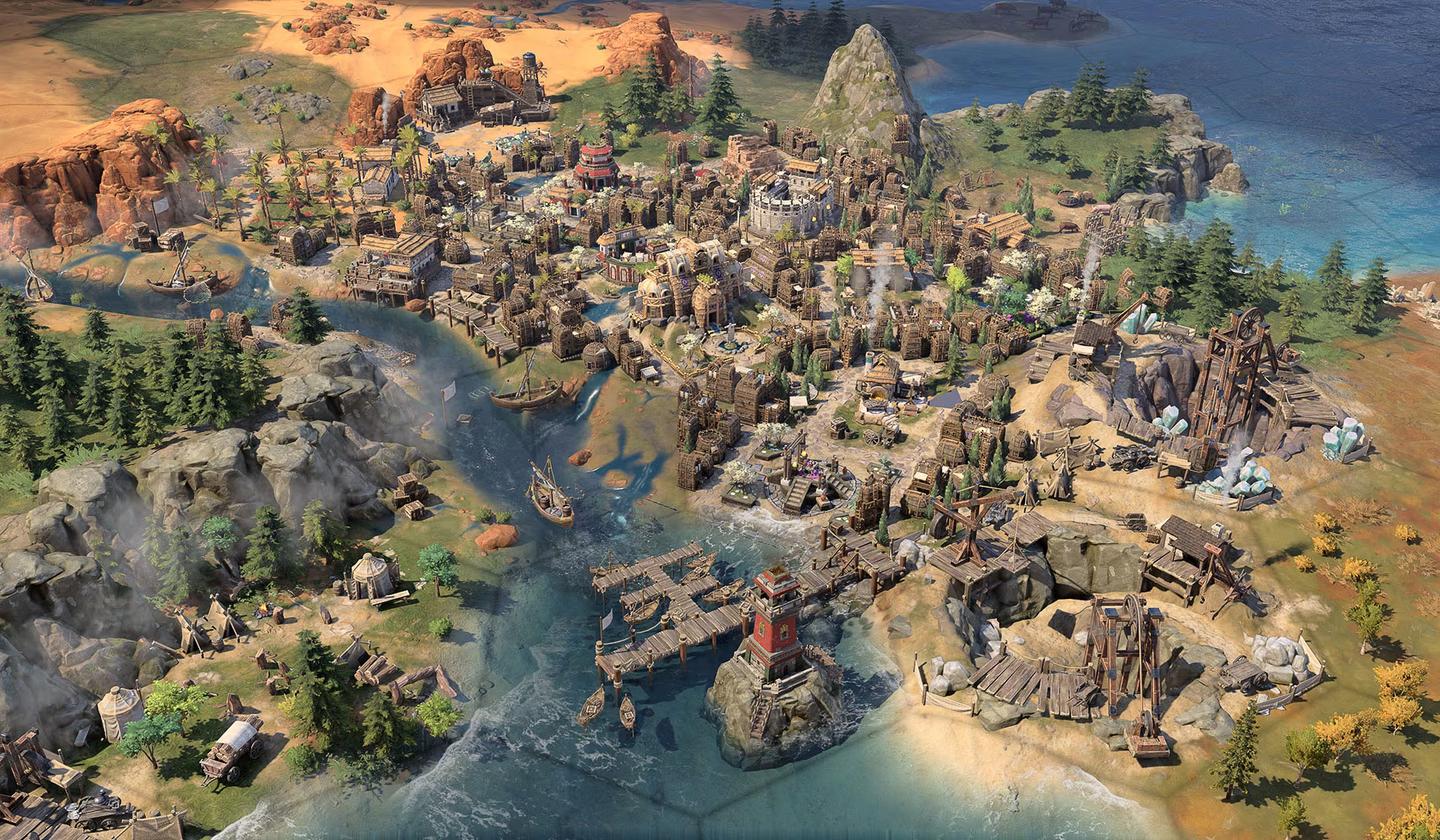Phil D’Anieri, MUP’04, PhD’07, is a teaching professor in LSA’s Program in the Environment and the Taubman College of Architecture and Urban Planning. He is the author of “The Appalachian Trail: A Biography” (Mariner, 2021). We spoke to him about federal changes that impact national parks.
What role do national parks play in local and national sustainability efforts?
The national parks have always been a lab for sustainability, since long before we used that term, because they’ve always had a dual mission — to protect certain lands, but also to provide public access to them. They are very human landscapes, even as they contain natural wonders and critical ecosystems. So the fundamental challenge of sustainability — a world that we have to live in in the present, while also trying to preserve for the future — has been the central challenge of the national parks from the very beginning.
Why is it important to preserve national park lands?
It depends on who you ask. For some, it’s the habitat the parks provide. For others it’s the scenic view from a park road turnout. For others it’s the economic lifeblood they provide. What makes the parks so interesting, in my mind, is how many different roles they are filling, how many different sets of values and priorities they reflect.
What would happen if the ecosystems of our national parks were damaged? Is there a way to recover in the future?
Yes and no. Ecosystems are never static things, and they’re already changing before our eyes due to climate change. And all national parks have a history of human use that goes back to well before there was a United States of America. Our own Sleeping Bear Dunes National Lakeshore in Michigan, for example, is an environment modified by generations of Great Lakes Indigenous peoples, followed by lumbering and agriculture, before it [was managed by the National Park Service]. So it’s not a question of a pristine nature versus a damaged one. It’s a question of what future we want to protect and create in these places. Yes, the field of restoration ecology can and has done amazing work to bring back parts of our natural history; returning wolves to Yellowstone is probably the most famous example, remaking entire landscapes thanks to this one apex predator. But the parks are always in a process of creating themselves in response to a given generation’s priorities.
How might a reduction in federal funding and programs affect these lands?
First, ecological protection is going to suffer. One of the many amazing things about Sleeping Bear, for example, is the way that it has provided protected habitat for the piping plover, a shorebird that nests on the beach, for years. Huge cuts to the Park Service’s summer hiring mean that that work is going to be much harder to carry out this year. A retired park official predicts that birds will die this summer that would have ordinarily survived, and every last individual plover is critical to the survival of the species’ Great Lakes population. That’s one example from one very small park, but there will be versions of that story across the country. And every indication is that the experience of visiting the national parks is going to be a mess this summer. It takes a lot of staff time and management expertise to make these places run well, and that workforce has been gutted. So there will be traffic jams, and uncollected trash, and wildlife eating that trash, and longer emergency response times; the list goes on.
What emerging federal policies could deprioritize conservation in national parks?
To be honest, there would be too many to mention even for a specialist in conservation policy, which I’m not. The federal lands — not just national parks, but national forests, national wildlife refuges, several other categories — are a huge and essential part of the American landscape. They’re an institution like any other American institution — impressive accomplishments in some respects, problematic and controversial in other respects, and no two people would view them in entirely the same way. And so to me the question is not one of specific policies, but a much larger one about the value of the institutional legacy of the U.S.





